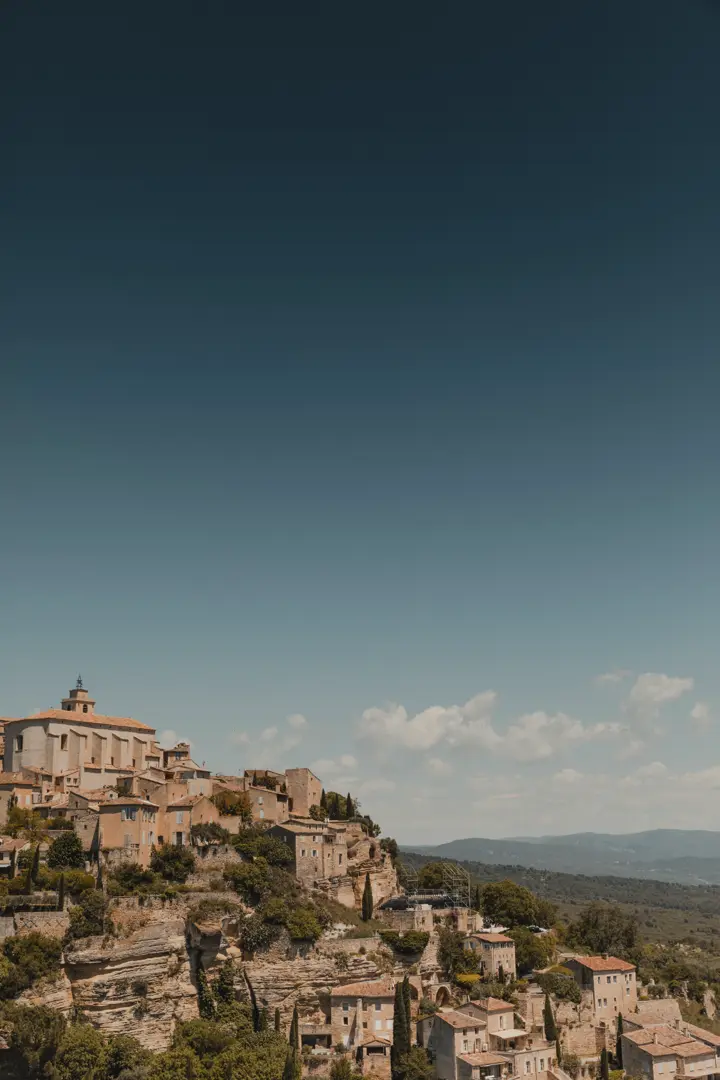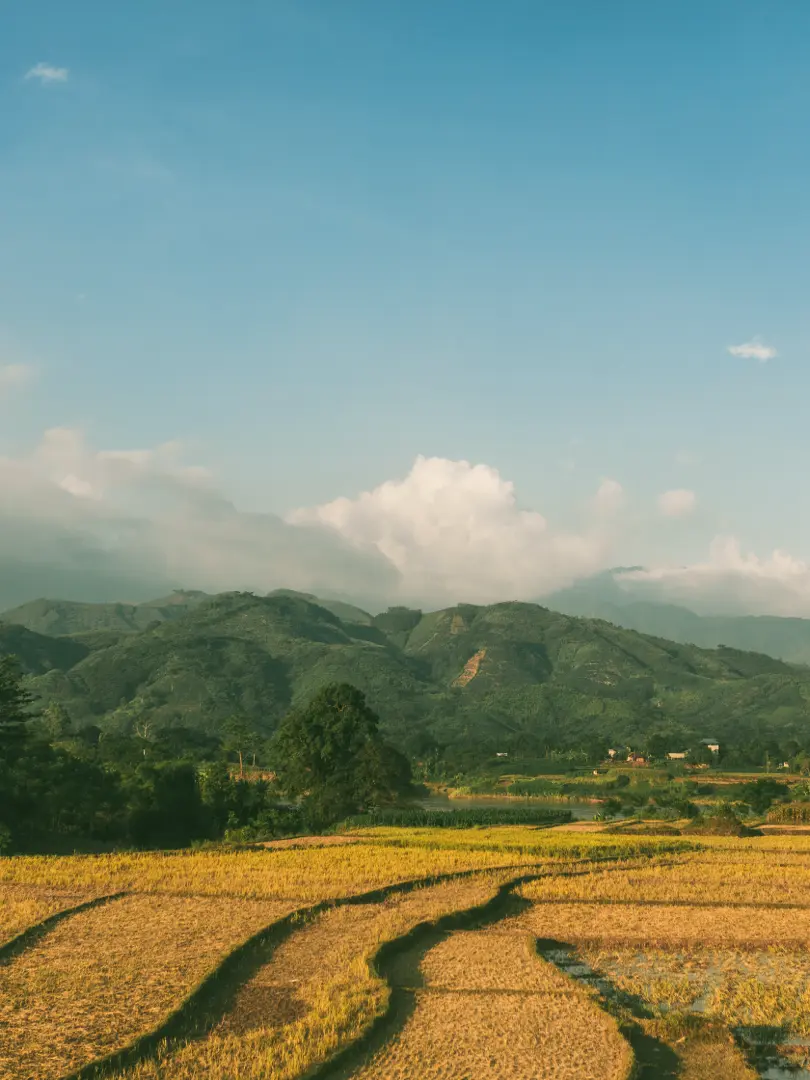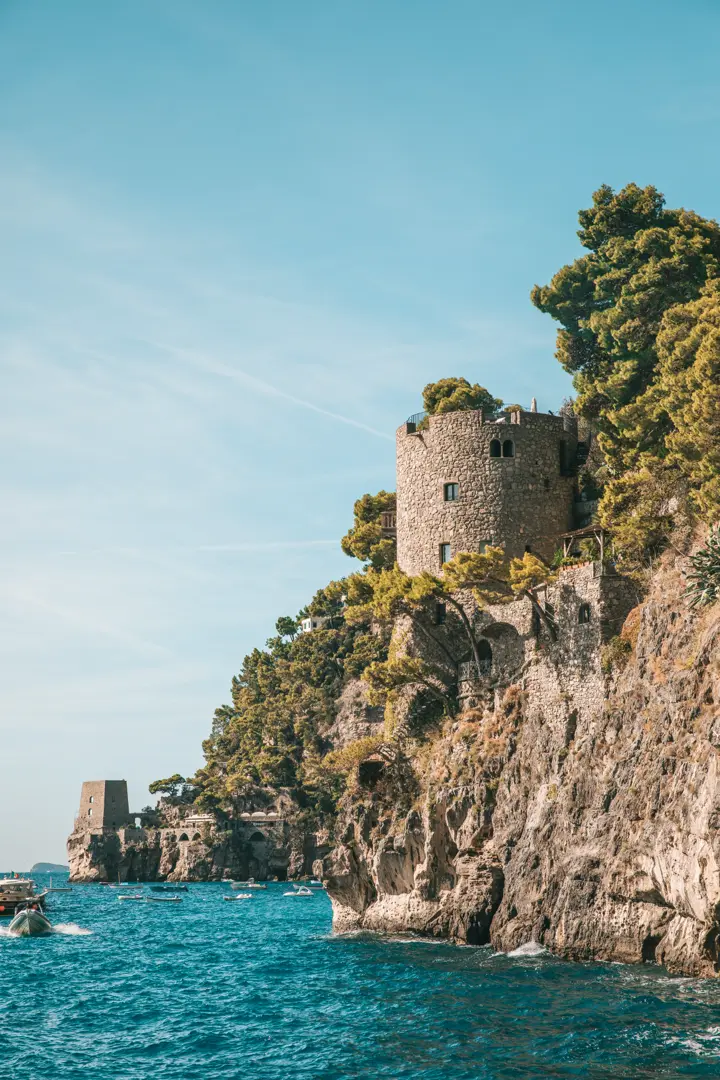Tracing glacial breath
A pilgrimage to the ice caps in late winter, chasing the faint glow of pre-dawn light cresting across the glacier. Notes from a week of long exposures, frozen fingers, and breathless silence.



The glacier pretends to be still, but every breath of wind nudges snow across the ridges like chalk dust. I arrived two hours before blue hour, hiking in with a sled so the 4×5 wouldn’t drag through the ice. The silence was only broken by the glacial creaks—a low groan punctuated by sudden snaps as fissures shifted beneath the crust.
I worked with Ilford Delta 100 to preserve the subtle tonal roll-offs in the highlights. Each sheet spent the night clipped to a paracord line in the cabin, drying beside a pot of melted snow that kept the humidity in check. The real challenge was anchoring the tripod. I drove ice screws around the base and lashed the legs so gusts couldn’t vibrate the frame during multi-minute exposures.
“Black and white invites patience. When the colour is gone, time and temperature step forward.”
After three mornings of cloud cover, the sky finally peeled back just enough to reveal the ridge lines. I metered for the highlights, letting the shadow detail fall to near-black to emphasize the negative space. The resulting contact sheets show the glacier as both solid and vaporous— a mass of ancient ice dissolving into the atmosphere.
Equipment notes: Chamonix 45F-2, Schneider 150mm APO-Symmar, Gitzo systematic legs, and a pair of chemical hand warmers taped to the film holders. The warmers kept moisture from condensing as I swapped sheets, the simplest trick I learned from a guide outside of Höfn.